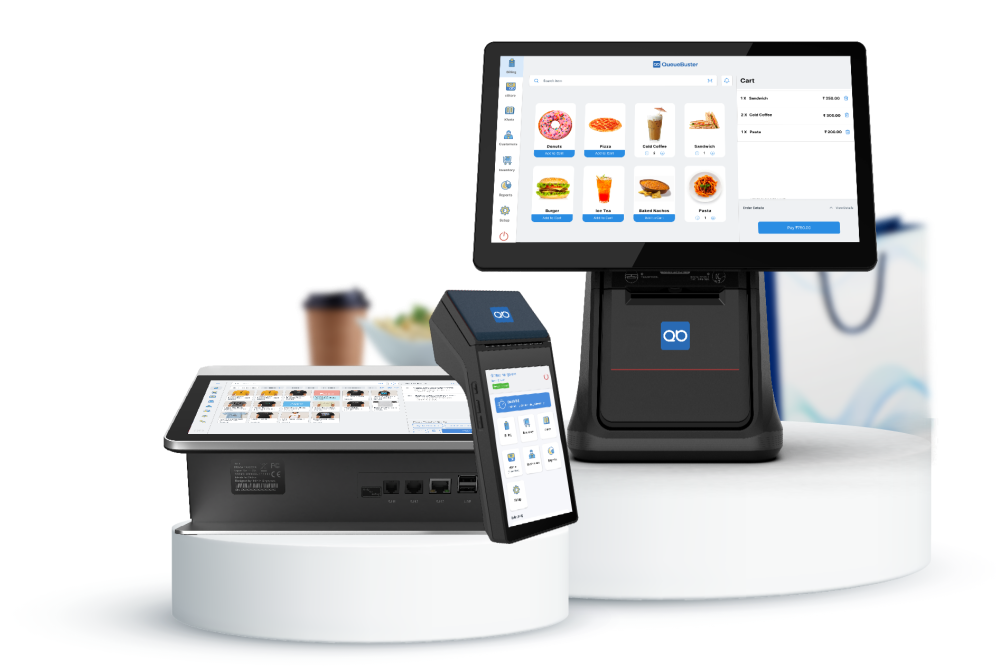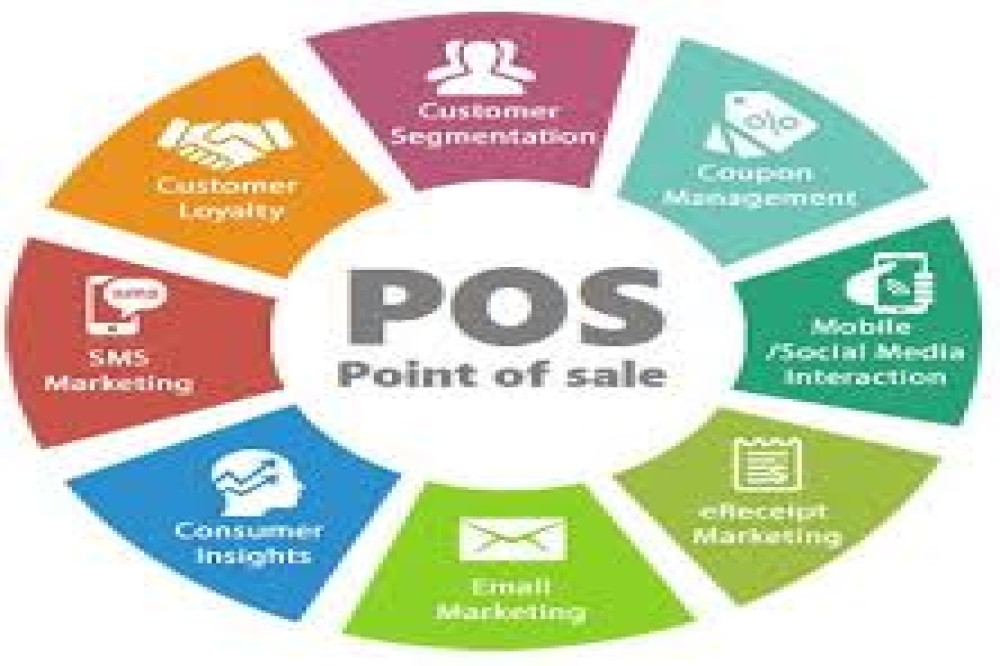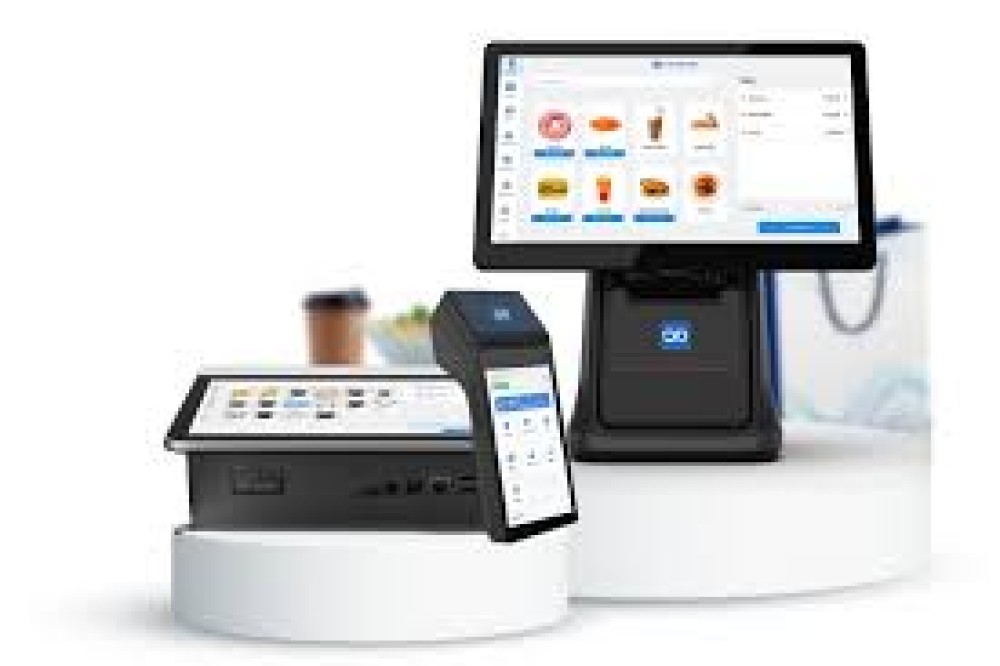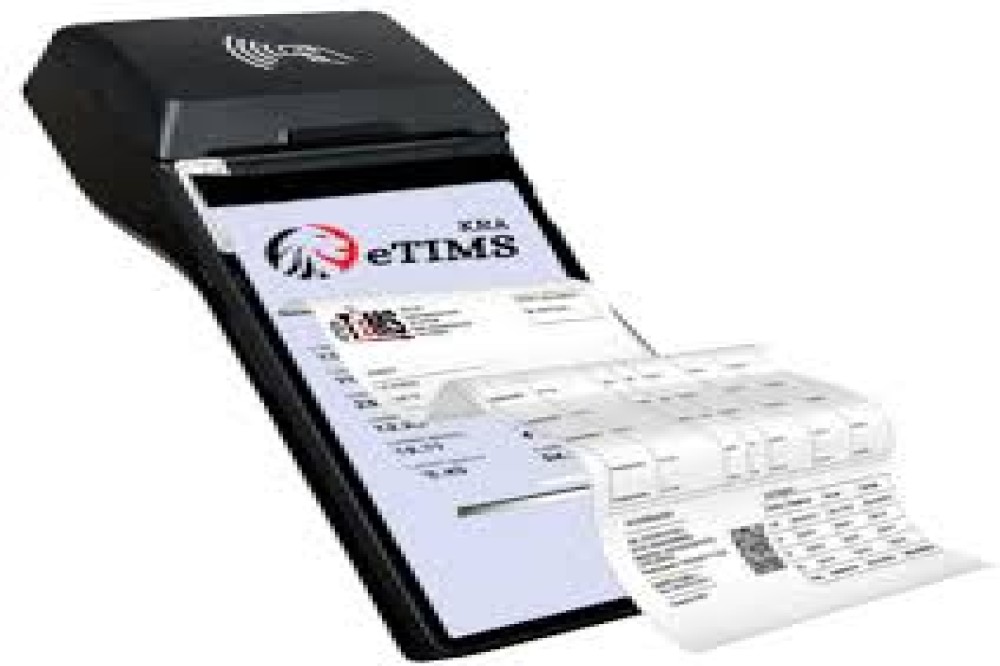When it comes to running a successful business, having an efficient Point of Sale (POS) system is crucial. Whether you’re managing a small retail shop or a large-scale enterprise, the right POS software can streamline your operations, improve customer experience, and ultimately boost your profits. In this detailed guide, we’ll explore everything you need to know about choosing the best point of sale software for your business, including key features, advantages, and the best options available in the market today.
What is Point of Sale Software?
Point of Sale software is a system that businesses use to process transactions, manage inventory, and handle other crucial aspects of retail operations. Essentially, it’s where your customer makes a payment for products or services. Beyond just processing sales, modern POS systems can manage inventory, track customer data, generate reports, and even integrate with accounting software to simplify your financial management.
Why You Need a Point of Sale System
A point of sale system is not just about ringing up sales; it’s about managing your entire business. The right POS system can help you:
- Streamline Operations: Automate tasks like inventory management, customer tracking, and sales reporting.
- Improve Customer Service: Speed up transactions and offer multiple payment options.
- Make Informed Decisions: Access real-time data and reports to understand sales trends and make better business decisions.
- Save Time and Money: Reduce manual errors and labor costs with automation.
Key Features of Point of Sale Software
When choosing a POS system, it's important to consider the features that will be most beneficial for your business. Here are some of the key features to look for:
Inventory Management
- Real-Time Tracking: Track inventory levels in real-time to avoid stockouts and overstock situations.
- Automated Reordering: Set up automatic reordering for popular items to ensure you never run out.
- Product Variants: Manage different product variants like sizes, colors, and styles easily.
- Barcode Scanning: Speed up the checkout process with barcode scanning capabilities.
Sales Reporting and Analytics
- Customizable Reports: Generate reports tailored to your specific needs, such as daily sales, top-selling products, and profit margins.
- Real-Time Data: Access sales data in real-time to monitor performance and make informed decisions.
- Trend Analysis: Analyze sales trends over time to identify growth opportunities and adjust strategies accordingly.
- Customer Insights: Gain insights into customer behavior, purchase history, and preferences to improve marketing efforts.
Customer Relationship Management (CRM)
- Loyalty Programs: Create and manage loyalty programs to reward repeat customers and boost retention.
- Customer Profiles: Store customer information, purchase history, and preferences to personalize the shopping experience.
- Targeted Marketing: Use customer data to create targeted marketing campaigns and promotions.
- Feedback Collection: Collect customer feedback to improve products and services.
Payment Processing
- Multiple Payment Options: Accept various payment methods, including credit/debit cards, mobile payments, and digital wallets.
- Integrated Payments: Integrate payment processing directly with your POS system for a seamless checkout experience.
- Split Payments: Allow customers to split payments between different methods.
- Payment Security: Ensure secure payment processing with encryption and compliance with industry standards.
Accounting Integration
- Automated Accounting: Sync your POS system with accounting software to automate financial reporting and bookkeeping.
- Expense Tracking: Track expenses related to sales, inventory, and operations for better financial management.
- Tax Calculation: Automatically calculate taxes on sales and generate tax reports.
- Profit and Loss Statements: Generate profit and loss statements to assess your business's financial health.
User Management
- Employee Roles and Permissions: Assign roles and permissions to employees based on their responsibilities.
- Time Tracking: Track employee work hours and manage payroll easily.
- Sales Tracking: Monitor individual employee sales performance to identify top performers and areas for improvement.
- Access Control: Control access to sensitive data and functions based on employee roles.
Cloud-Based vs. On-Premise POS Systems
- Cloud-Based Systems: Accessible from anywhere, easier to update, and often more affordable for small businesses.
- On-Premise Systems: Offers more control, often preferred by larger businesses with specific needs.
Integration Capabilities
- Third-Party Integration: Integrate with other software tools like eCommerce platforms, accounting software, and marketing tools.
- API Access: For businesses with specific needs, access to APIs can allow custom integrations.
Types of Point of Sale Software
There are various types of POS systems available, each catering to different business needs. Here are the most common ones:
Retail POS Systems
- Designed for Retail: Specifically tailored for retail businesses, these systems manage sales, inventory, and customer data effectively.
- Multi-Location Support: Ideal for businesses with multiple locations, allowing centralized management.
Restaurant POS Systems
- Table Management: Manage table bookings and orders efficiently.
- Kitchen Display Systems: Send orders directly to the kitchen to speed up service.
- Menu Customization: Easily update and customize menus based on availability and specials.
Mobile POS Systems
- Portability: Mobile POS systems allow you to take payments anywhere, making them ideal for on-the-go businesses or those with limited counter space.
- Versatility: Compatible with smartphones and tablets, offering flexibility in how you manage transactions.
eCommerce POS Systems
- Omnichannel Integration: Seamlessly integrate your online and offline sales channels.
- Inventory Syncing: Keep inventory in sync across all sales channels to prevent overselling.
Open Source POS Systems
- Customization: Open source POS systems offer high customization options, making them ideal for businesses with unique needs.
- Cost-Effective: Often free or low-cost, but may require more technical expertise to set up and maintain.
The Best Point of Sale Software in the Market
Now that you understand the features and types of POS systems, let’s look at some of the best options available:
Biashara Books Point of Sales
- Ideal for Small Businesses: Offers comprehensive features including inventory management, CRM, and accounting integration.
- User-Friendly Interface: Easy to set up and use, making it perfect for small business owners with limited tech expertise.
- Affordable Pricing: Provides a cost-effective solution without compromising on essential features.
- Multi-Currency Support: Ideal for businesses operating in multiple regions, allowing transactions in various currencies.
Square POS
- Free Version Available: Square offers a free version with essential features, making it ideal for startups and small businesses.
- Versatile Payment Options: Accepts various payment methods, including cards, mobile payments, and even invoicing.
- Extensive Integrations: Integrates with numerous third-party apps, including accounting and eCommerce platforms.
Shopify POS
- eCommerce Integration: Perfect for businesses that operate both online and offline, offering seamless integration with Shopify’s eCommerce platform.
- Customizable Hardware: Offers a range of customizable hardware options to suit your business’s needs.
- Advanced Reporting: Provides detailed sales and customer reports to help you make informed decisions.
Vend POS
- Cloud-Based: Offers the flexibility to manage your business from anywhere with an internet connection.
- Loyalty Programs: Built-in loyalty programs to reward customers and increase retention.
- Multi-Outlet Support: Ideal for businesses with multiple locations, offering centralized management.
Lightspeed Retail
- Comprehensive Inventory Management: Perfect for retail businesses with large inventories, offering detailed tracking and reporting.
- Customizable Reports: Generate reports tailored to your specific business needs, including sales, inventory, and customer data.
- Customer Support: Offers 24/7 customer support to help with any issues that arise.
How to Choose the Best Point of Sale Software
Choosing the right POS system depends on several factors, including your business size, industry, and specific needs. Here are some tips to help you make the best decision:
Assess Your Needs
- Business Size and Industry: Consider the size of your business and the industry you operate in. A small retail store may not need the same features as a large restaurant.
- Feature Requirements: List out the features that are most important to your business, such as inventory management, customer tracking, or accounting integration.
Consider Your Budget
- Cost of Ownership: Factor in the upfront costs, subscription fees, and any additional costs for hardware or integrations.
- Free vs. Paid Options: While free POS systems may be appealing, they may lack essential features. Consider the long-term benefits of investing in a paid system.
Evaluate User-Friendliness
- Ease of Use: Choose a system that is easy to set up and use, especially if you have limited technical expertise.
- Training and Support: Consider the availability of training resources and customer support to help you get the most out of your POS system.
Check for Integration Capabilities
- Existing Software: Ensure that the POS system can integrate with your existing software, such as accounting, eCommerce, or marketing tools.
- Future Needs: Consider potential future needs and whether the POS system can scale with your business.
Read Reviews and Testimonials
- Customer Feedback: Look for reviews and testimonials from other businesses similar to yours to get an idea of how well the POS system works in real-world scenarios.
- Expert Opinions: Consider expert reviews and comparisons to see how different POS systems stack up against each other.
SEO Benefits of Optimizing Your Point of Sale Software
In today’s digital world, it’s not enough to just have a good product; you also need to ensure that potential customers can find you online. Optimizing your point of sale software for SEO can help you attract more customers and increase sales. Here are some key SEO strategies to consider:
Keyword Optimization
- Targeted Keywords: Use relevant keywords in your website content, product descriptions, and meta tags to improve search engine rankings.
- Long-Tail Keywords: Target long-tail keywords like “best point of sale software for small business” to attract more specific and high-intent searches.
- Localized Keywords: Include location-specific keywords like “point of sale software price in Kenya” to attract customers in specific regions.
Content Marketing
- Blog Posts: Create informative blog posts about point of sale software, including guides, tips, and case studies to attract organic traffic.
- Product Pages: Optimize product pages with detailed descriptions, customer reviews, and high-quality images to improve search rankings.
- Video Content: Create videos showcasing the features and benefits of your POS software and optimize them for search engines.
Technical SEO
- Mobile Optimization: Ensure your website is mobile-friendly, as many customers search for products on their smartphones.
- Page Speed: Optimize your website’s loading speed to improve user experience and search rankings.
- Schema Markup: Use schema markup to help search engines understand your content and improve visibility in search results.
Link Building
- Guest Blogging: Write guest posts on reputable websites in your industry to build backlinks and improve domain authority.
- Partnerships: Collaborate with other businesses or influencers to create content and gain backlinks to your site.
- Social Media: Promote your content on social media platforms to increase visibility and drive traffic to your website.
Conclusion
Choosing the right point of sale software is a critical decision that can impact the efficiency and success of your business. By understanding the key features, types of POS systems, and best options available, you can make an informed decision that meets your business needs. Additionally, optimizing your POS software for SEO can help you attract more customers and grow your business in today’s competitive market.
Remember, the right POS system is not just a tool for processing transactions—it’s a comprehensive solution that can help you manage your entire business more effectively. Take the time to evaluate your options, consider your specific needs, and choose a POS system that will support your business’s growth and success for years to come.







